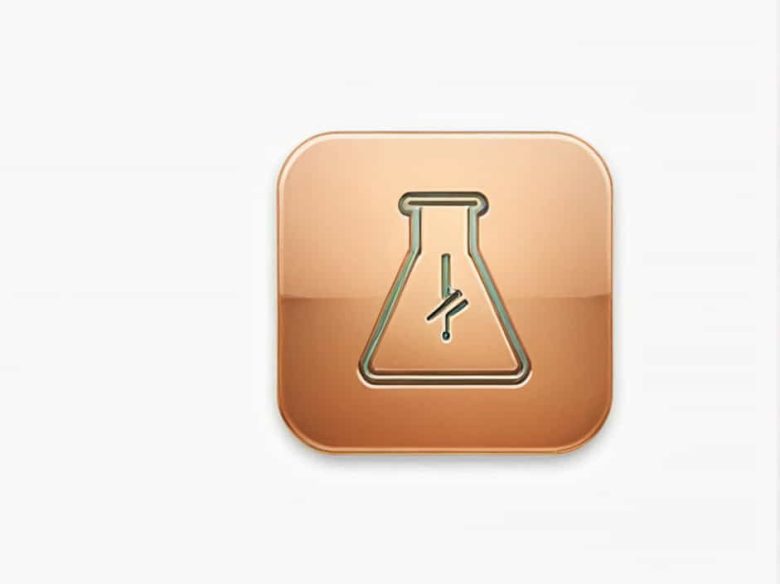Electroplating is a process used to coat a metal object with a thin layer of another metal using electric current. One of the most common types is copper electroplating which enhances appearance conductivity and corrosion resistance.
This topic explains how to electroplate a metal object with copper in a laboratory setting including the materials step-by-step procedure and important safety precautions.
What is Copper Electroplating?
Copper electroplating is a process where a thin layer of copper is deposited onto a metal surface using an electrolytic solution and an electric current. This technique is widely used in electronics jewelry making and industrial applications.
Why is Copper Electroplating Important?
- Improves corrosion resistance.
- Enhances electrical conductivity.
- Provides an attractive finish.
- Increases durability of metal objects.
Materials Needed for Copper Electroplating
To perform copper electroplating in the lab you will need:
1. Electrolytic Solution
- Copper sulfate (CuSO₄) solution – the source of copper ions.
- Sulfuric acid (H₂SO₄) – improves conductivity and plating quality.
2. Electrodes
- Copper anode – a pure copper strip that provides copper ions.
- Metal object (cathode) – the item to be plated (e.g. iron or steel).
3. Power Source
- DC power supply or a battery (6V-12V).
4. Other Equipment
- Beaker or plastic container (to hold the solution).
- Crocodile clips and wires (to connect electrodes).
- Distilled water (for cleaning).
- Sandpaper or steel wool (to clean the metal surface).
- Gloves and safety goggles (for protection).
Step-by-Step Procedure for Copper Electroplating
Step 1: Preparing the Metal Object
- Clean the metal surface thoroughly using sandpaper or steel wool to remove oxide layers grease and dirt.
- Wash it with distilled water and dry it completely to ensure better adhesion of the copper layer.
Step 2: Preparing the Electrolyte Solution
- Fill a beaker or plastic container with distilled water.
- Dissolve copper sulfate (CuSO₄) in water to create a blue electrolyte solution.
- Add a few drops of sulfuric acid (H₂SO₄) to improve conductivity.
- Stir the solution until all chemicals dissolve completely.
Step 3: Setting Up the Electrochemical Cell
- Connect the copper anode (pure copper strip) to the positive terminal (+) of the power supply.
- Attach the metal object (cathode) to the negative terminal (-) of the power supply.
- Immerse both electrodes in the copper sulfate solution ensuring they do not touch.
Step 4: Electroplating Process
- Turn on the power supply and set the voltage to 6V-12V.
- Observe as copper ions (Cu²⁺) move from the anode to the cathode forming a thin copper layer.
- Let the process run for 10-30 minutes depending on the desired coating thickness.
- Turn off the power supply and carefully remove the plated object.
Step 5: Finishing and Polishing
- Rinse the plated object with distilled water to remove excess chemicals.
- Dry it with a clean cloth.
- If needed polish the surface with a soft cloth or buffing wheel for a shiny finish.
How Does Copper Electroplating Work?
The electroplating process is based on electrolysis which involves the movement of copper ions (Cu²⁺) in the electrolyte.
- The copper anode dissolves into the solution releasing Cu²⁺ ions.
- The cathode (metal object) attracts these ions due to the electric current.
- A thin copper layer forms on the cathode’s surface.
The reaction at the anode:
The reaction at the cathode:
This continuous process ensures a smooth and even coating on the metal object.
Factors Affecting Copper Electroplating
1. Voltage and Current
- Too high voltage leads to rough or uneven plating.
- Too low voltage results in slow plating.
2. Electrolyte Concentration
- Higher CuSO₄ concentration increases plating speed but may cause irregular deposits.
- Maintaining the right acid balance ensures smooth coating.
3. Plating Time
- Longer plating results in thicker copper layers.
- Shorter plating may lead to uneven or weak coatings.
4. Surface Preparation
- A dirty or oily surface reduces adhesion and leads to patchy plating.
- Proper cleaning and polishing improve quality.
Common Issues in Copper Electroplating and Their Solutions
| Problem | Cause | Solution |
|---|---|---|
| Uneven coating | Poor surface preparation | Clean the metal properly |
| Rough texture | High voltage or impurities | Reduce voltage filter solution |
| Weak adhesion | Dirty surface or low current | Use clean electrodes adjust power |
| Dark deposits | Excess sulfuric acid | Reduce acid concentration |
| Slow plating | Low Cu²⁺ concentration | Increase copper sulfate amount |
Applications of Copper Electroplating
Copper electroplating is widely used in various industries:
1. Electronics and Circuit Boards
- Enhances electrical conductivity.
- Prevents corrosion of metal contacts.
2. Jewelry and Decorative Items
- Provides a shiny copper finish.
- Used for gold plating as an intermediate layer.
3. Industrial Coatings
- Improves corrosion resistance in machine parts.
- Used in aerospace and automotive industries.
Safety Precautions in Copper Electroplating
Electroplating involves chemicals and electricity so safety measures are essential:
- Wear gloves and goggles to avoid contact with acid and copper sulfate.
- Work in a well-ventilated area to prevent exposure to chemical fumes.
- Handle electrical connections carefully to avoid short circuits.
- Dispose of used chemicals properly according to local regulations.
Copper electroplating is a simple yet effective method to coat metal objects with a thin copper layer. By following the correct materials setup and process high-quality plating can be achieved in a laboratory setting.
Understanding the science behind electroplating along with proper surface preparation electrolyte concentration and power settings ensures smooth durable and even copper coatings. Whether for scientific experiments industrial applications or decorative purposes electroplating is a valuable technique that enhances the properties of metal objects.



